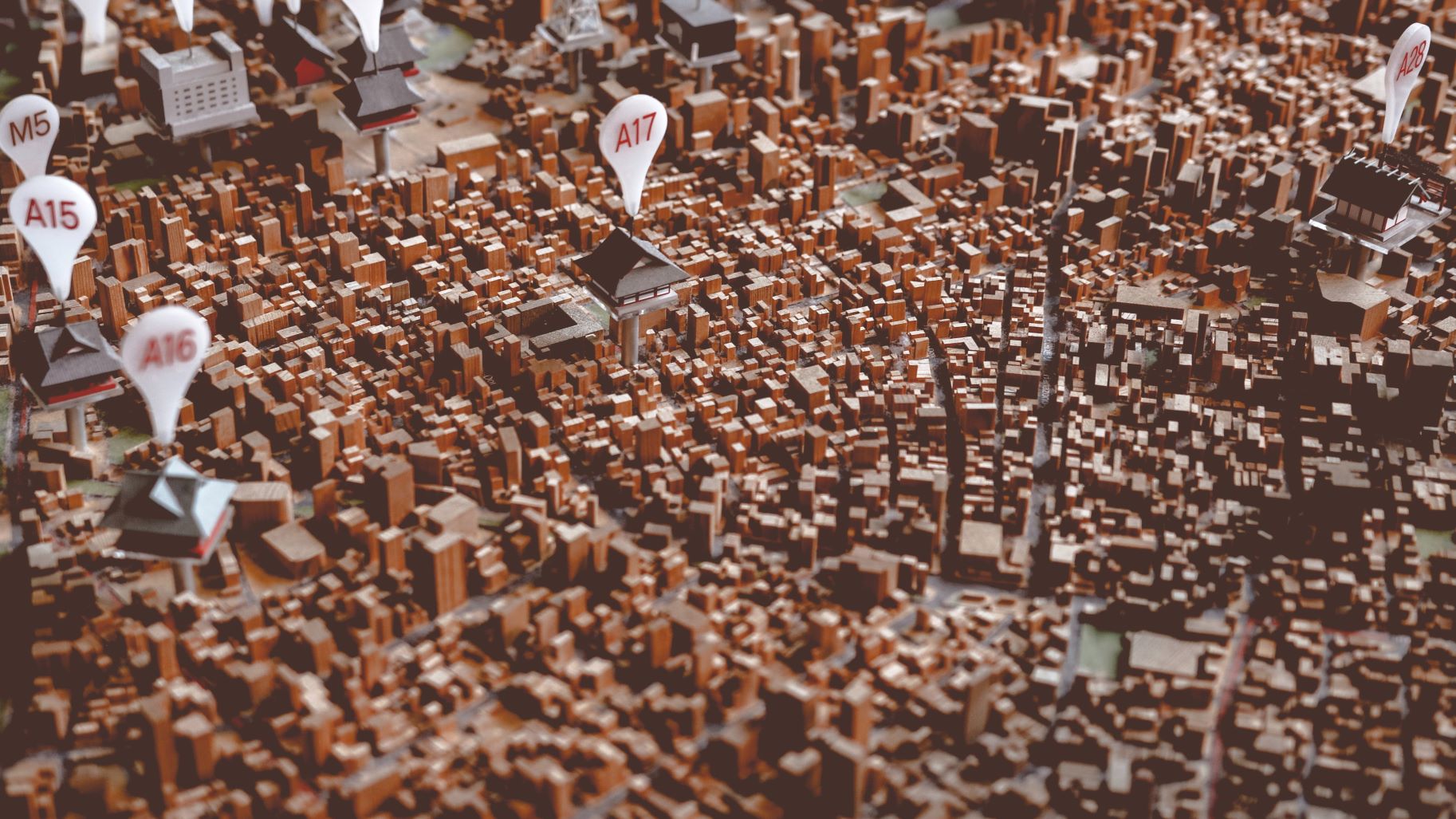Moveon - a solution for improving the reliability of tracking systems in dynamic environments
Date:
Changed on 13/04/2021

Back in January, Inria and the Deutsches Forschungszentrum für Künstliche Intelligenz (DFKI) organised a first workshop between their research teams, having previously signed a memorandum of understanding geared towards joint research in artificial intelligence. The goal was to get teams from the two countries to work together in interest groups in order to come up with ideas and joint projects.
Magrit, an Inria team, and Augmented Vision, a DFKI team, decided to bring together their expertise on tracking in augmented reality, the use of which now extends far beyond driverless vehicles.
The two sets of researchers are rather complementary when it comes to this subject: Magrit have conducted noteworthy research in 3D monitoring for augmented reality, with promising results obtained recently in tracking, using the concept of recognised objects as markers; while Augmented Vision have a great deal of experience in SLAM (reconstructing environments and tracking moving cameras in real-time) and have recently worked on designing end-to-end systems for tracking and reconstruction.
Christened Moveon, the project team intends to draw upon the progress made in object recognition and in deep learning more generally, the goal being to develop a new generation of tracking algorithms. In a practical sense, the recognition and understanding - based on deep learning - of high-level concepts such as leaking points or classes of voluminous objects will be used for spatio-temporal tracking and for reconstructing environments, where geometric reasoning will also be used.
The project, which was officially set up in late August, had its kick-off meeting on 10 September. Two PhD students and an engineer were recently recruited, the aim being to showcase these tracking algorithms through project demonstrators.